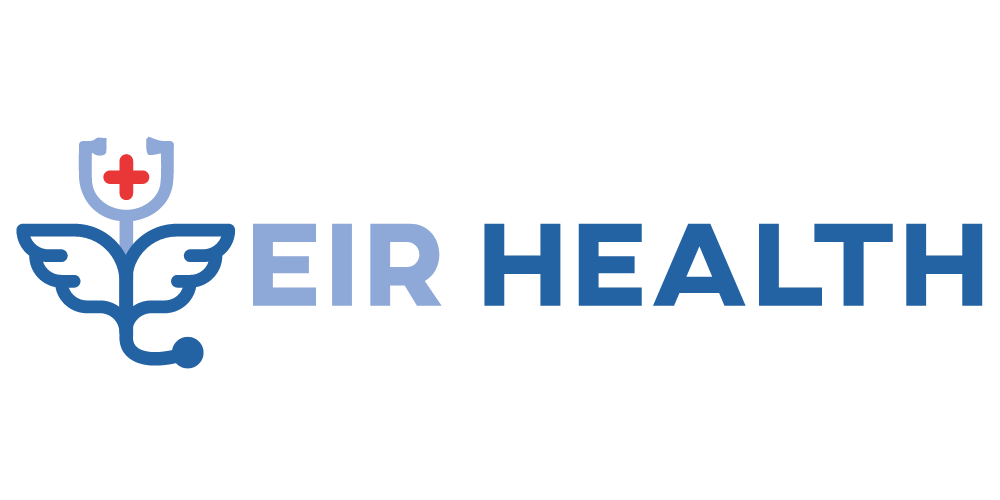PCOS – polycystic ovary problem; SNP – unmarried nucleotide polymorphism; SHBG – sex hormone-joining globulin; T2DM – Diabetes mellitus
Despite uncertainty regarding specific metabolic pathways through which SHBG influences insulin sensitivity and the risk of T2DM, SHBG has been proposed as an attractive candidate gene for PCOS (67;68). Specifically, our group and others have hypothesized that genetic variation in SHBG levels may contribute to at least two of metabolic derangements that are central to the disorder, namely insulin resistance and hyperandrogenemia. n repeat polymorphism, rs1799941 (?67G>A in the 5? untranslated region), rs6257 (IVS1-17T>C); rs6259 (Ex8 +6G>A(D356N)) and rs727428 (1121bp 3?of STP T>C) ( Figure 2 ).
Rectangles represent exons (E). Black diamonds represent coding SNPs; gray diamonds represent 5?-UTR SNP; unfilled diamonds represents intronic SNPs; triangles represents promoter SNP. Numbers refer to relativepositions along chromosome 17. PL – SHBG gene downstream promoter; PT – SHBG gene upstream promoter. (TAAAA)n is associated with SHBG levels and PCOS. rs1799941 is associated with SHBG levels, androgen levels and risk of T2DM. rs6257 is associated with SHBG levels and risk of T2DM. rs6259 is associated with SHBG levels and risk of T2DM. rs727428 is associated with SHBG levels. Adapted from Xita N, Tsatsoulis A. Molecular and Cellular Endocrinology. 2010;–65.
P156L try of this really reasonable SHBG levels and you may serious hyperandrogenism
Polymorphisms in a pentanucleotide (TAAAA)n repeat located in the 5? promoter region of SHBG have been associated with transcriptional activity of the gene in vitro (69). In the general population, the SHBG gene contains at least 6–10 TAAAA repeat, and SHBG transcriptional activity is lower in HepG2 cell lines transfected with SHBG promoter willow transcripts containing six TAAAA repeats compared with cells containing 7–10 repeats (69). Although at least six studies have investigated the association of this polymorphism with PCOS or clinical hyperandrogenism, the results have been inconclusive (26;67;68;70–72).
In a case-control study conducted by Liu et al. involving 187 Chinese women with PCOS and 176 controls, the TAAAAn polymorphism was neither a determinant of PCOS nor a predictor of serum SHBG levels (72). Ferk and colleagues compared the frequency of TAAAAn alleles in a cohort of Slovenian women according to PCOS status (26). Although this group, again, did not find that TAAAAn repeat frequency was significantly different in PCOS women (n=123) compared with normal controls (n=110) (26), the investigators did report that serum SHBG values were strongly influenced by the polymorphism in both groups. In a cohort of 303 French hirsute women, Cousin et al. found that SHBG levels were significantly higher in women homozygous for six-TAAAA repeat sequence compared with those women homozygous for the nine-repeat polymorphism; however, the analysis was somewhat limited by the large number of TAAAA genotypes present in their population (68). Despite the lack of association in other ethnic/racial populations, the (TAAAA)n polymorphism was significantly associated with PCOS susceptibility in a study of Greek women (185 with PCOS and 324 normal controls) conducted by Xita et al (67). Moreover, in the Greek study, PCOS women with longer (TAAAA)n genotypes had lower SHBG levels than PCOS women with shorter repeats (67). Using the same cohort of Greek women, Xita and colleagues subsequently demonstrated that polymorphisms in two other genes, cytochrome P450 [(CYP19)(TTTA)n] and the androgen receptor [AR(CAG)n] synergistically influenced the hyperandrogenic phenotype of PCOS with SHBG (TAAAA)n genotype variants (70;71). Such findings support the hypothesis that variants in multiple genes likely contribute to the clinical development of PCOS.
Multiple SHBG SNPs had been in the circulating degrees of SHBG in females (73–75), for example portray possible candidate loci to possess PCOS. The first SNP, rs1799941, is situated in the 5? UTR side of the SHBG gene, 8 nucleotides upstream of one’s transcription begin site (41). Regarding data of the Riancho et al., SHBG accounts was significant high in females which have A beneficial/A great genotypes to own rs1799941 compared to people with Grams/Grams genotypes (75). So it exact same SNP (rs1799941) are after that found by the Perry and you can acquaintances to not ever only determine dispersing SHBG levels however, communicate chance having T2DM from the highest research involving both men and women (19).
